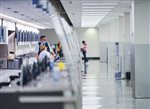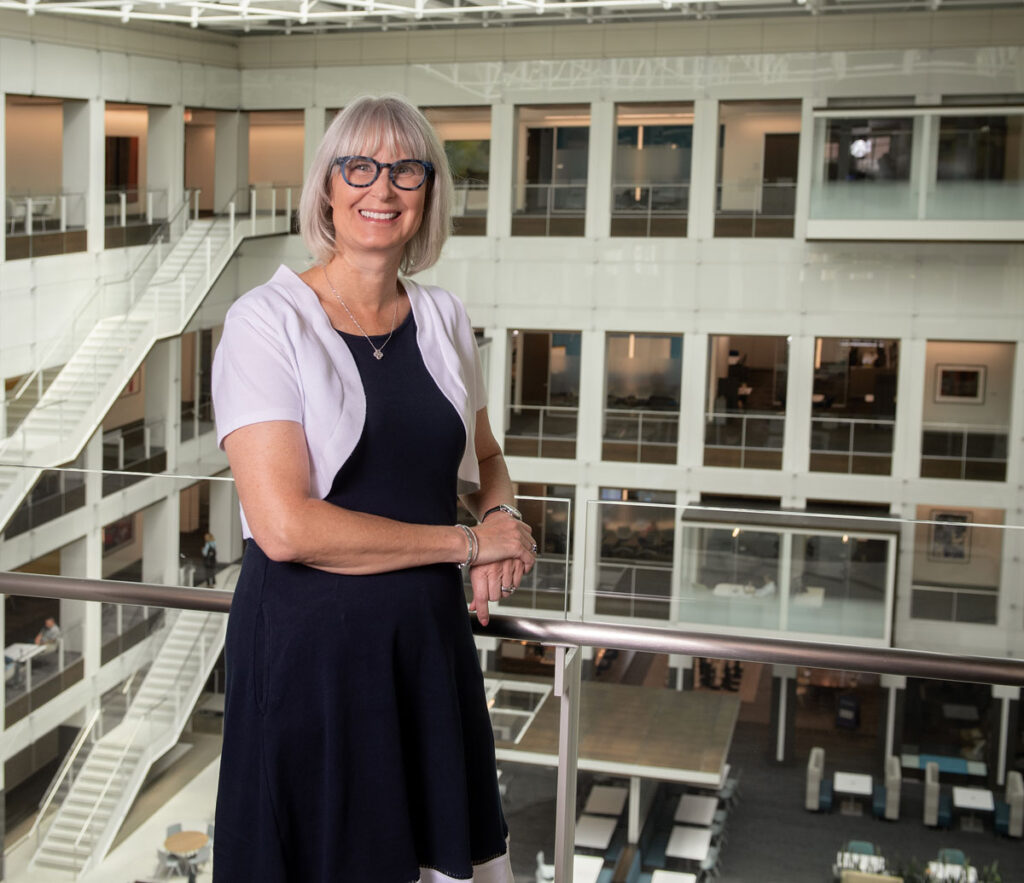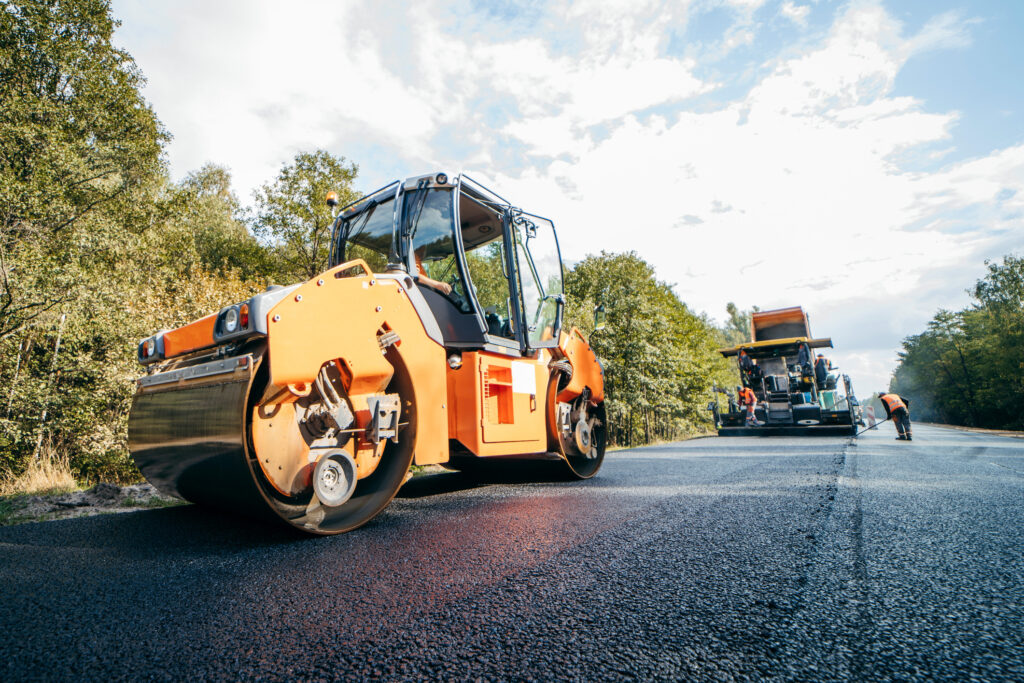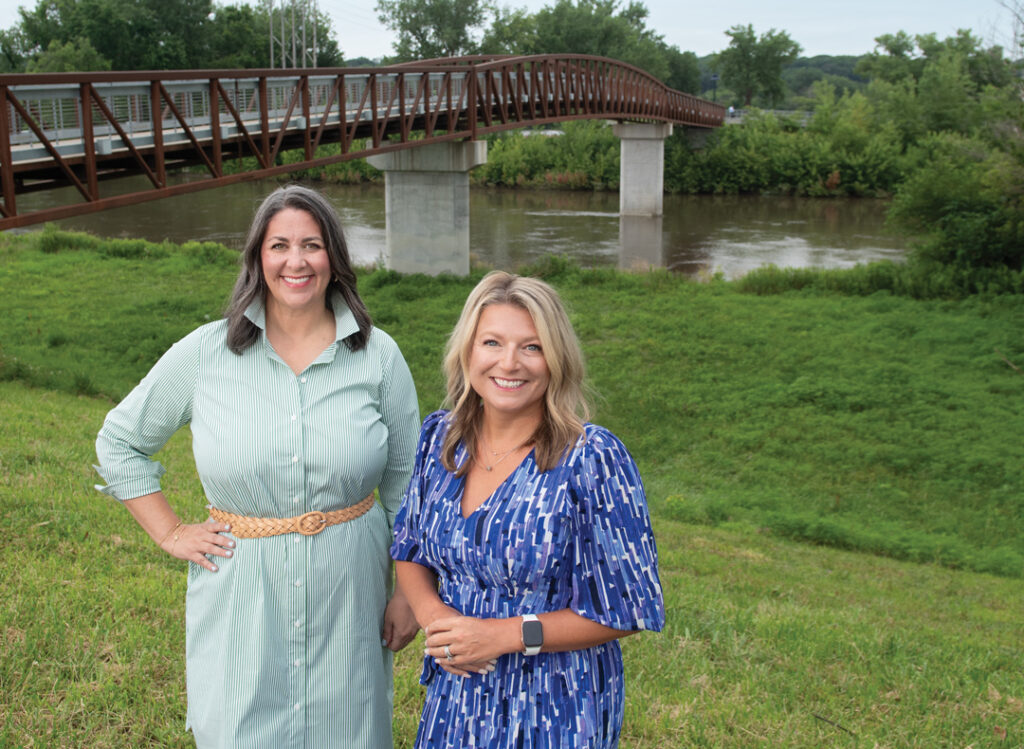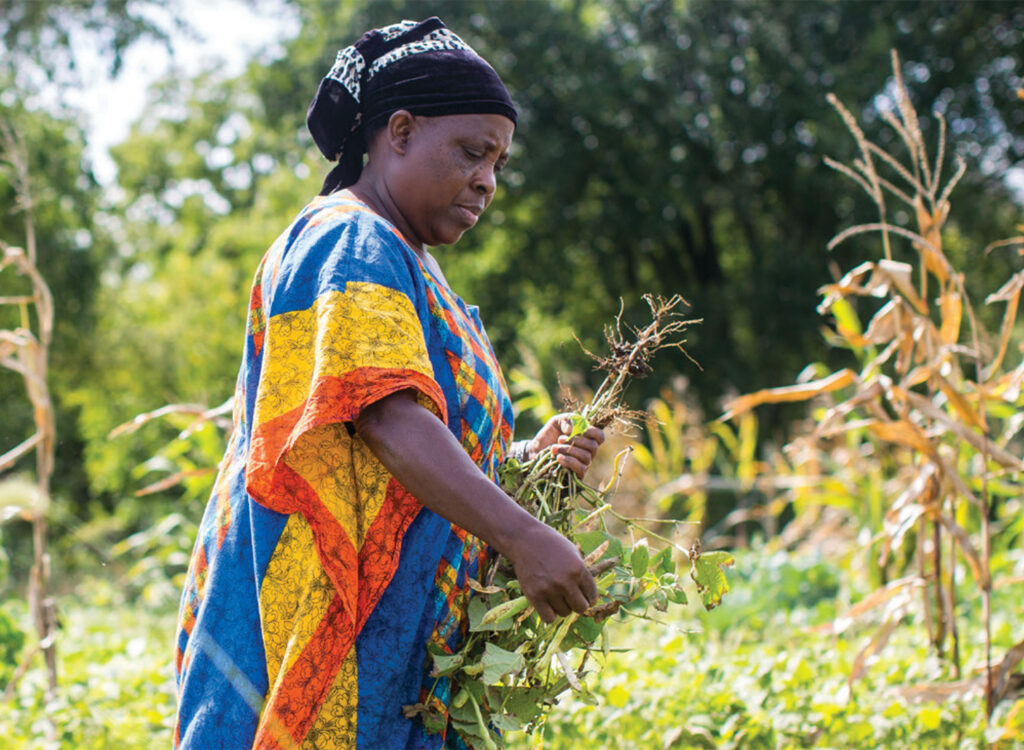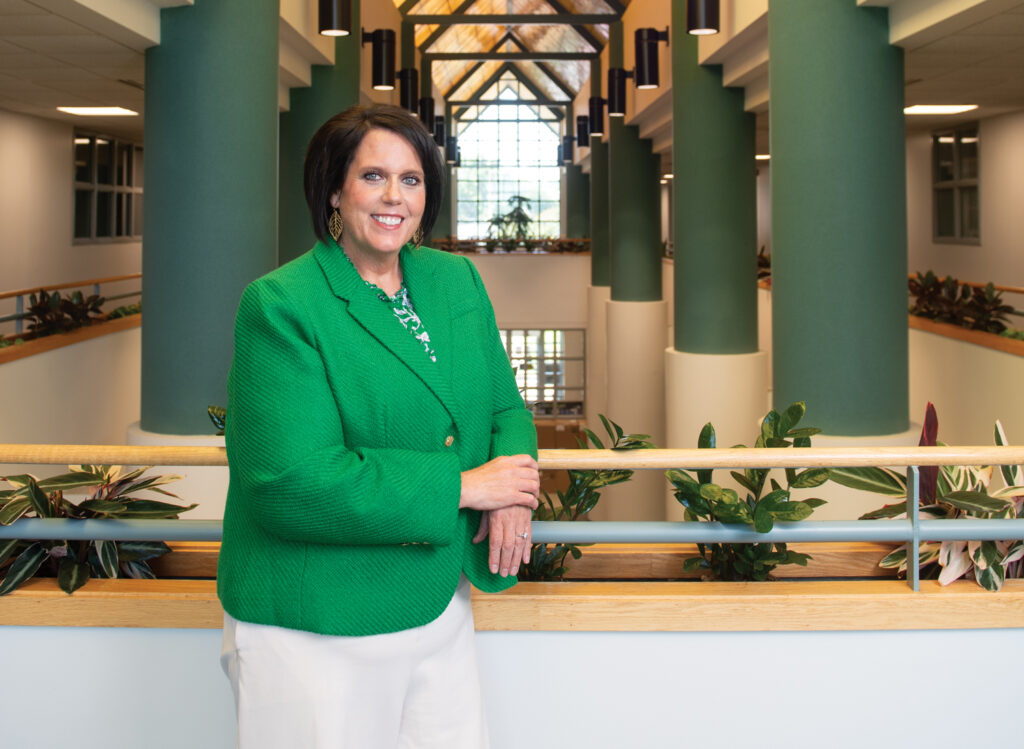Airline industry slowly moving toward recovery from record losses inflicted by COVID-19

MICHAEL CRUMB Aug 6, 2020 | 3:01 am
7 min read time
1,681 wordsBusiness Record Insider, TransportationThe airline industry could take years to recover from the coronavirus pandemic, experts say, as it is heavily dependent on how quickly the rest of the economy recovers.
“Until everyone who considers taking a trip believes it’s safe to do, and will be able to travel and have the all things they expected to do at a destination, whether it’s a hotel, restaurant, sporting event, theme park or whatever, it will take a while,” said Robert Mann, an analyst with New York-based R.W. Mann & Co.
U.S. airlines suffered historic swings from profits to losses as air travel quickly plummeted when the country shut down to prevent the spread of the virus. As the airline industry tries to regain its footing, it will also be faced with continuing customer fears about whether it’s safe to fly.
A survey by Deloitte Insights showed just 24% of prospective travelers thought it was safe to travel by air as of May 15.
“That is a staggering statistic,” said Mann, a former executive with the old Pan American airlines and a longtime airlines consultant. “I don’t think it was ever that bad, even in the 1940s and ’50s, when airplanes were dropping out of the sky.”
A slow recovery from record lows
Recent data from the Airline Reporting Corp. shows that air travel ticket purchases were down as much as 80%, and the average airfare was down about 35% compared with the prior year.
Mann attributes much of those declines to the shutdown on corporate travel.
“You have very risk-averse general counsels and big corporations and HR organizations,
who have said we’re not confident that we wouldn’t be risking our employees’ safety by telling them to go on the road to get more deals or support more customers,” he said.
Mann said that leisure travel, particularly domestic travel, will recover more quickly, and that those customers are already responding to aggressively low fares by some airlines.
He said he expects airline travel will improve to only 50% of pre-pandemic levels by the end of 2020.
“I think that will continue through ’21 and ’22, so the industry will probably be down 20% from where it was in 2019,” he said.
Mann said another factor is how well the airlines enforce safety protocols to keep travelers safe. If they don’t, “it undercuts their own arguments that they’re making it safe for air travel,” he said.
Post-pandemic face of air travel foggy
Kevin Foley, executive director of the Des Moines International Airport, said airline traffic at the airport “just fell off’’ after Gov. Kim Reynolds issued her initial emergency declaration on March 17. By early April, the airport was operating at only about 5% of normal traffic compared with the previous year, Foley said.
“The airlines really cut back in May, but through March and most of April, airlines were flying aircraft with very few passengers,” Foley said. “There was a cost to flying those aircraft basically empty, and without the CARES Act, where the airlines received a total of a $58 billion package, I don’t think some of the airlines would survive.”
He also said he is hopeful that by the end of 2020, air travel will return to 50% to 65% of the traffic compared with last year, but said, “A lot of that depends on the virus itself.
“If there’s a second surge, if there’s a vaccine that comes out early, all those types of things will determine how quickly that traffic comes back,” he said.
As states began to loosen restrictions and reopened in May, airports began to see small improvements in the number of travelers passing through their gates.
Des Moines recorded 31,320 passengers in May, down 88% compared to May 2019. There was marked improvement in June, with 63,688 passengers, down about 76% from June of last year. That improvement continued into July, especially the July 4 weekend, when air travel was down about 64% from the prior year, airport spokesperson Kayla Kovarna said.
Foley said it could take three to five years for the airline industry to fully recover, but once it does, what it will look like is anyone’s guess.
Some of the things airports will potentially be looking at are enhanced health screenings for passengers before boarding, reducing touchpoints to decrease the physical contact between passengers and airline or airport employees, resizing of baggage claim areas, and considering how much space is needed for restaurants and shops.
Another thing being considered is a self-screening process for passengers that uses facial recognition to reduce the risk of transmitting germs.
“I think those types of technological advances will be sped up,” Foley said. “I think as an industry, we are searching for ways of touchless processing where I’m not running the chance of exchanging germs through handing boarding passes, or handling licenses.”
While some measures may be regulated, the industry will also have to meet social expectations to ensure passenger comfort, he said.
“We’re not far enough long yet to know the answers to those things, but they are being discussed,” Foley said.
Much of the future will depend on airlines’ financial situation, but Foley doesn’t envision mergers or consolidations being on the table.
“Will the big four – [American, United, Delta and Southwest] – all look like they did prior to the pandemic? I think they look smaller,” he said.
He said airlines are retiring the largest aircraft, such as the Boeing 777s and Airbus 380s and using smaller, more profitable aircraft.
Foley also said it’s possible fewer routes will be flown, with more direct flights replacing connecting flights.
“There’s going to be many airports that had routes prior to the coronavirus, that they may not have after the recovery,” Foley said. “And we’re going to have to compete … with other airports to gain those routes back.”
Restoring customer confidence
Representatives from three of the airlines that serve Des Moines all touted measures they are taking to keep travelers safe.
That includes deep-cleaning ticket counter areas, sanitizing the inside of planes between flights, asking customers to wear face masks, providing hand sanitizer and wipes, and encouraging passengers to load boarding passes on their smartphones to avoid physical contact with airline employees.
A spokesperson for Delta Airlines said those protocols will remain in place even after air travel begins to increase. The spokesperson said that Delta is moving slowly in making decisions on restoring flights to destinations where travel has been put on hold, and that more clarity may be reached in late summer..
But as travelers return, Delta is committed to maintaining social distancing on its planes to make passengers feel comfortable flying again, the spokesperson said.
Part of that will be blocking sales of middle seats, only filling first-class seating to 50%, and adding more flights to a destination rather than filling a flight, the spokesperson said.
Delta is also boarding flights from the back to the front to reduce contact as much as possible; passengers are being boarded 10 at a time; and passengers are provided care kits that include hand sanitizer wipes and masks.
Dan Landson, a spokesperson for Southwest Airlines, said the airline has also enhanced cleaning, implemented social distancing protocols, such as blocking one-third of seats on every flight, and adding requirements for face masks.
In its second-quarter earnings report, the company’s CEO Gary Kelly said air travel remained weak as the coronavirus pandemic grew, resulting in the company’s $1.5 billion net loss for the quarter.
Improvements in May and June “stalled in July with the rise of COVID-19 cases,” Kelly said in the report. “We expect our travel demand to remain depressed until a vaccine or therapeutics are available to combat the infection and spread of COVID-19.”
Data for American Airlines shows the airline also experienced record low demand, cutting domestic flights by 70% and reducing international travel by 80% in June. While domestic travel has begun to increase, American announced in July that its international schedule will be adjusted for the rest of this year and into the summer of 2021 to accommodate reduced demand.
American expects international capacity to be down 25% through that period, compared to 2019, according to updates on its website. The airline company will also discontinue several international routes that are expected to exhibit decreased demand.
Nichelle Barrett, a spokesperson for American, said the company has worked to incentivize business travel, adding promotions for its Business Extra customers, awarding enough bonus points for a round-trip domestic ticket for travelers who book in June. The airline also has lowered the cost of enrolling in the prepaid travel membership Airpass program from $10,000 to $5,000.
“Those are things that hopefully will make small businesses feel better, feel more comfortable … to travel again if possible,” she said. “It’s just one way we’re thinking of small businesses and trying to help them out.”
While American announced the reopening of customer lounges at 10 major airports across the country, Barrett said uncertainty remains high.
“As we see the rest of the world and what that new normal looks like, then we’ll be part of that process,” Barrett said. “The sooner people are comfortable … getting back to normal life, then I think you’ll see the same thing from an airline perspective. We’re still in the thick of it, so it’s hard to say what will happen in two or three years, because it’s something we’ve never seen before.”
Industry recovery will be complex
“It really has to be as seamless as it was [before the pandemic], which is to say nobody worried about it, and now everybody’s worried about it, and they’re worried about every individual piece of it,” said Mann, the industry analyst.
That includes Uber or Lyft rides to and from the airport, whether restaurants are open, and what services will be available at a hotel, among everything else a traveler would normally take for granted, he said.
“It’s every single aspect of things you never even worried about, and nobody has, to my knowledge, acknowledged how big the problem is, or how it’s interrelated,” Mann said.

